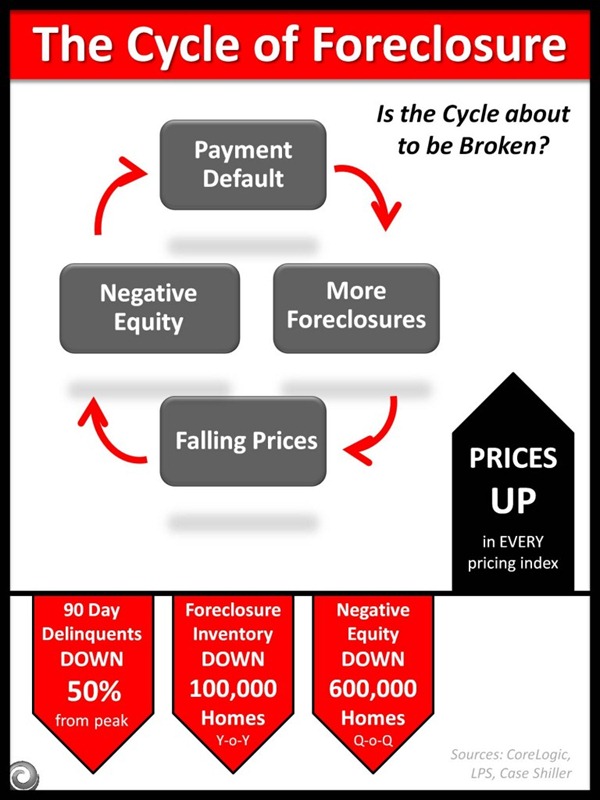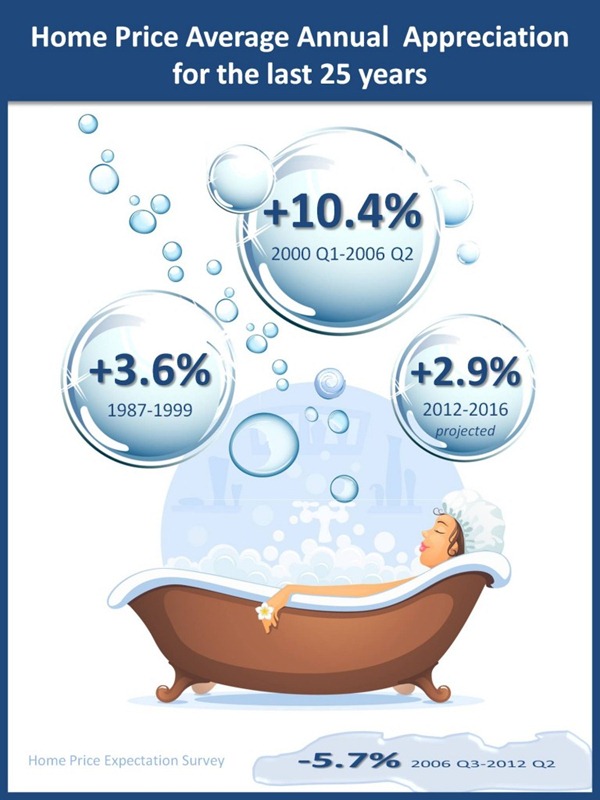 The Wall Street Journal recently cited five significant factors behind the rise in home prices, as numerous markets see significant year-over-year gains. The big price drives are:
The Wall Street Journal recently cited five significant factors behind the rise in home prices, as numerous markets see significant year-over-year gains. The big price drives are:
1. The rise in housing affordability – which is drawing more buyers out into the market who are looking to cash in on low mortgage rates and fallen home prices compared to a few years ago.
2. The rise in household formation – which is expected to hit 1 million new households this year. That is up from an average of 570,000 over the last five years, according to data by Bank of America Merrill Lynch.
3. The rise in rents – which has prompted more investors to purchase properties to rent out and more renters to second-guess why they are paying so much in rent when they could buy.
4. The decline in distressed sales and foreclosures – which has fallen significantly this past year. While distressed sales are still high by historical standards, they have fallen from their peaks in most markets, helping to alleviate the downward pressure on home prices in many areas.
5. Inventories of homes for-sale are at their lowest levels in nearly 50 years – and builders have cut back on construction and many home owners are waiting to sell until they can recover some equity on their properties.
Source: “Five Reasons Home Prices Have Been Rising,” The Wall Street Journal
Read More







